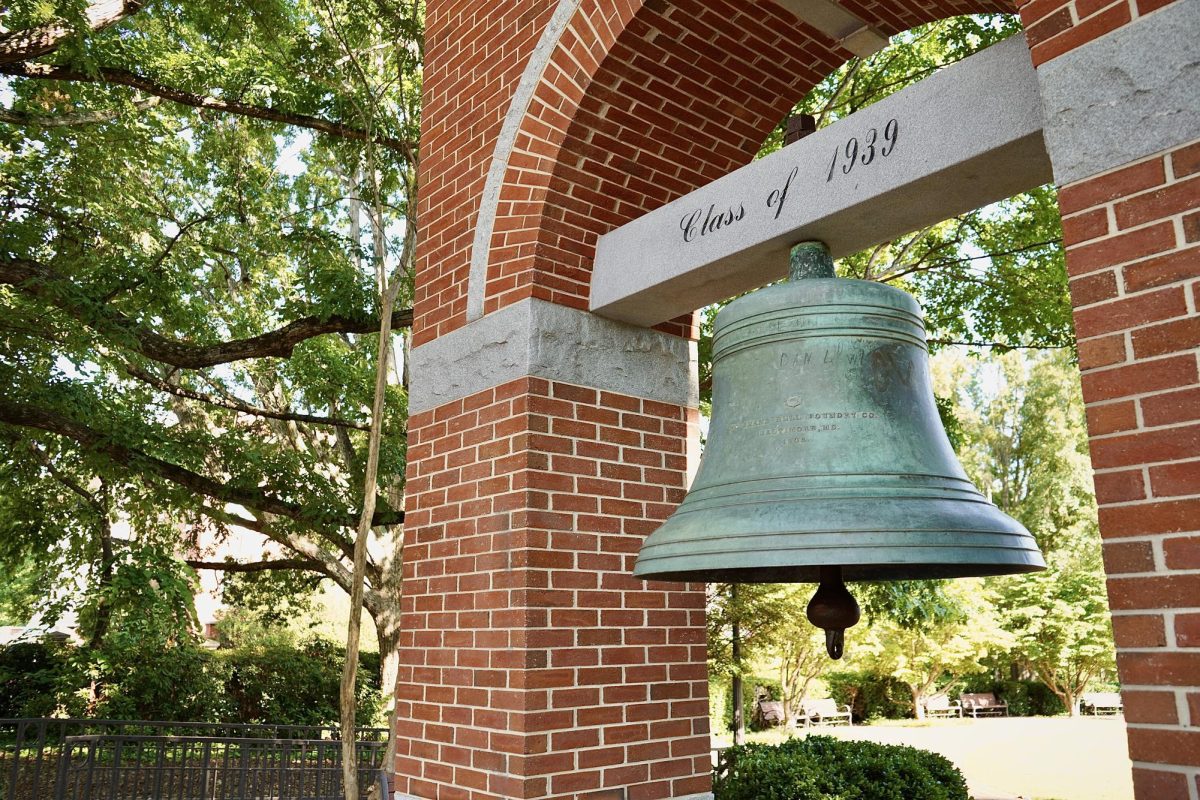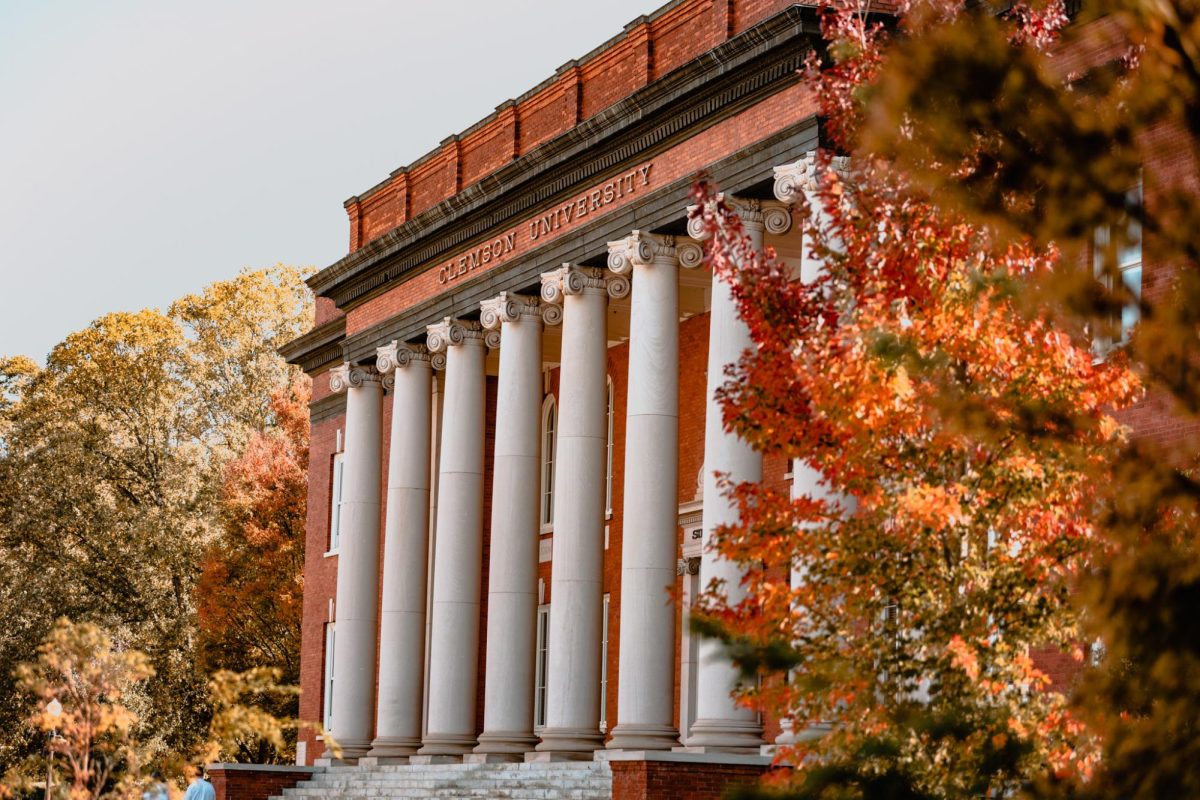In an ever-evolving society, it is important to notice and encourage the assimilation of diverse races in communities and schools around the country. Affirmative Action, first used to help ensure equitable minority employment in the United States in 1961, trickled into the school system and helped to make minority acceptance and to make them more diverse.
This system, made to help minority students, has come under fire in recent times as some serious flaws have come to light. One issue is that the expectations that are placed on Asian-American students’ standardized test scores compared to those of
other races.
According to Steve Cohen, writer for Forbes Magazine, Asian-American students need to have SAT scores 140 points higher than white students, 270 points higher than Hispanic students and 450 points higher than African-American students. Dr. Andrew Lam notes in his PBS article that Asian-Americans from economically disadvantaged areas are lumped in with all Asian-American students applying for college and are thus held to unfair high standards.
This raises the question: does socioeconomic status need to be considered in the application process? Is it really fair for an Asian-American student from a low income area, surrounded by far less opportunity to succeed, to have to compete with the high standards of every Asian-American student applying to college? Are they the same simply because they check a box saying they are Asian? Even for white students from disadvantaged areas who have less opportunity, it doesn’t seem fair that their skin color immediately pins them at a disadvantage against white students who have far more opportunities to succeed.
While still acknowledging the importance of racial difference throughout a college campus, socioeconomic status should be added to the application process. This could help ensure that a diversity of students across all fronts, beyond just race, are benefiting in the application process and are given equal opportunities. When applications arrive, the accomplishments of a student from a lower-income household, who may have had no access to SAT prep, extracurricular activities, or tutors, can stand out against the application of a student of the same race who was surrounded by opportunity and resources.
The current system also ends up hurting the very individuals they are trying to protect. Many of the students who are accepted due to affirmative action at times are not adequately suited for the schools they attend. This holds ill consequences: the academic standards are too high and the students begin to struggle, then are forced to either drop out or graduate with low GPAs. Writing for the New York Post, Betsy McCaughey backs this issue, by claiming that 51 percent of African-American first-year students admitted with racial preferences to selective law schools have grades in the bottom 10 percent of their class. This is not always the case, but it is a statistic that should be taken note of.
This could be avoided if students went to schools more in line with their academic standing, and received a higher GPA along with a diploma, which looks better when applying for jobs. This situation, where students are not academically qualified for the schools they are being accepted to, displays a burning issue with the current layout of Affirmative Action in the application process.
The combination of adding a socioeconomic element to the application process, and potentially adjusting the parameters on how much of a role race plays in the process, could lead to overall higher success for all groups and races. Putting less emphasis on what race an applicant is eliminates situations where students are paired together based on their skin color, and factors in what opportunities students were given through their education.
While eliminating race from an application could cause questions about diversity in schools, the incorporation of the student’s socioeconomic status will still greatly benefit minority applicants. This could help get the most deserving students, no matter their background, into the schools of their dreams, while also helping to make the college world a more diverse place to learn and live.








